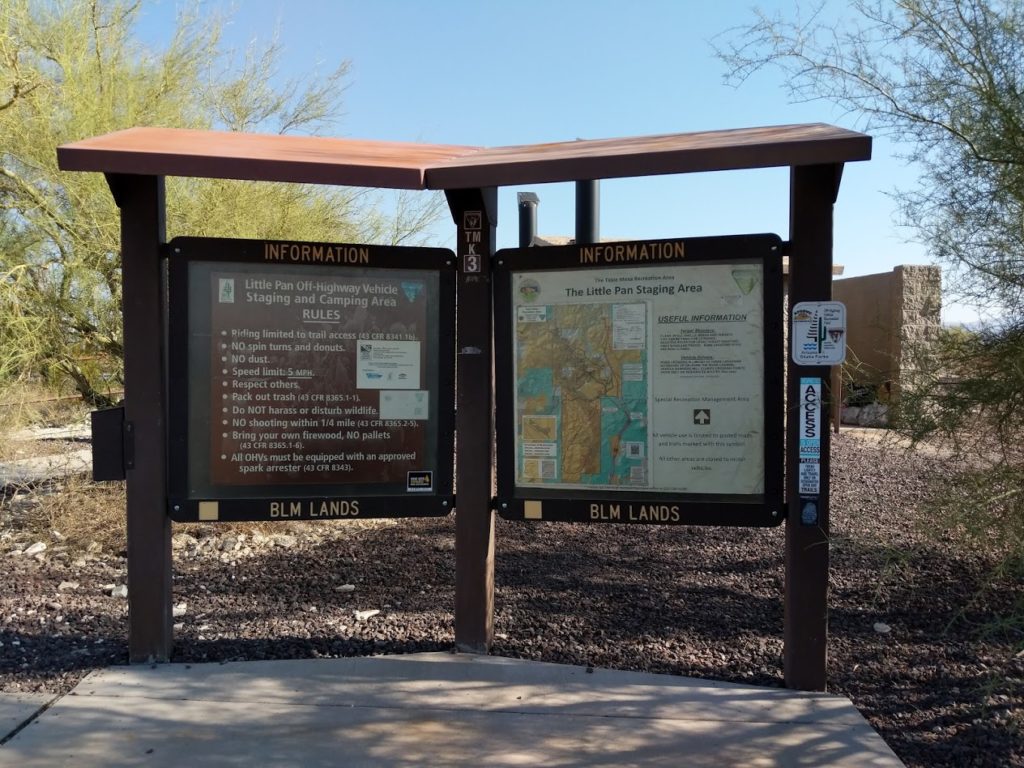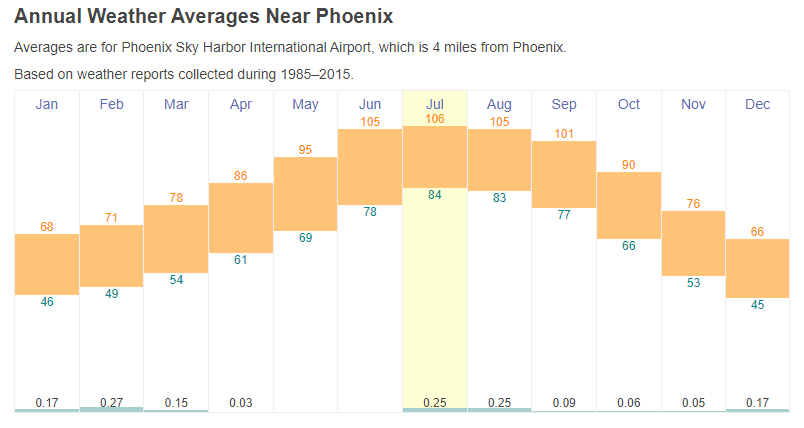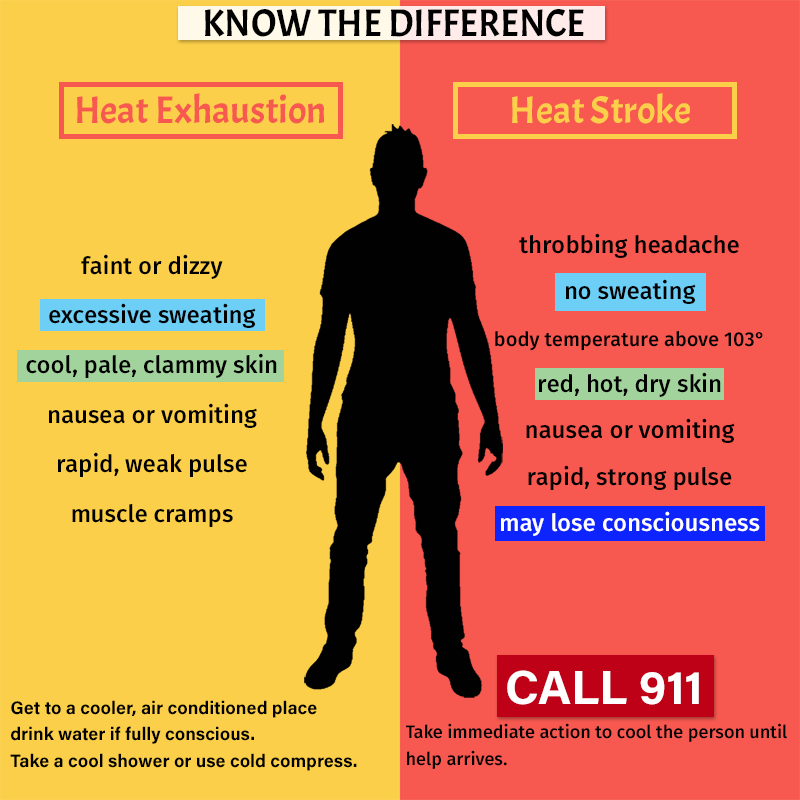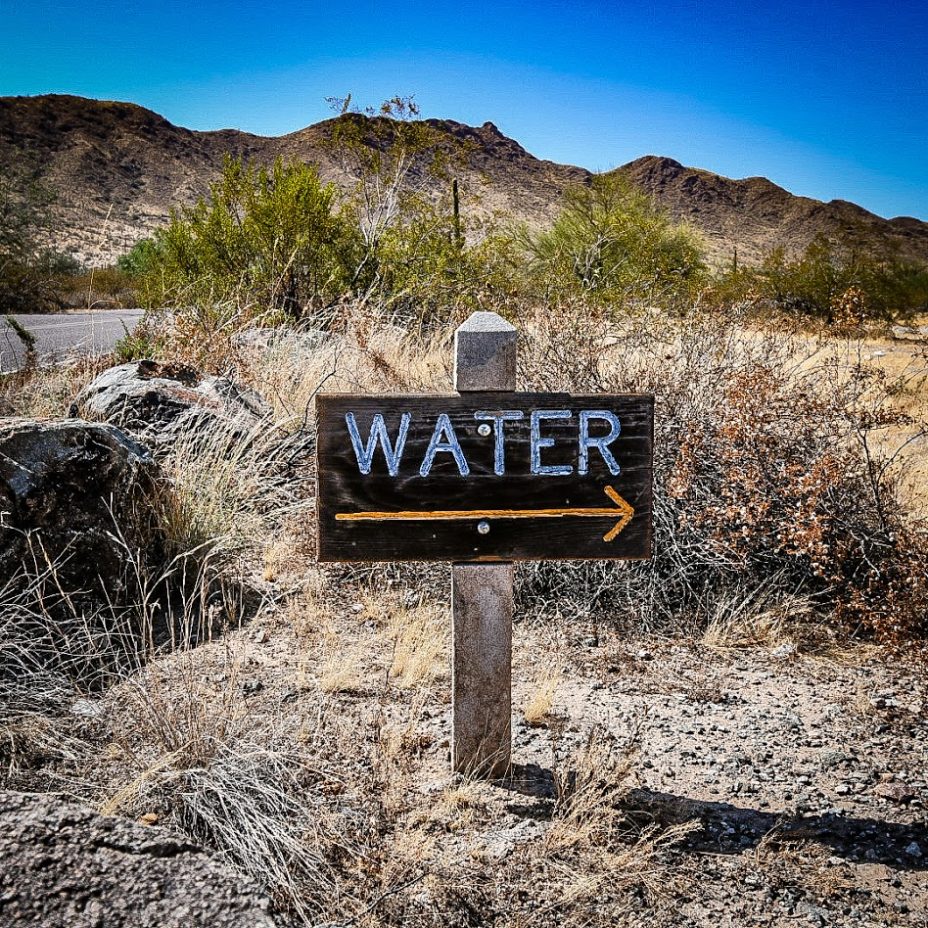Beating the summertime blues without getting the beat down…
Every year around the same time, temperatures in the Sonoran Desert start to climb as 9-1-1 switchboards begin to light up correspondingly. A large number of these calls are made from local, mountain trails that are easily accessible to the general public. In many cases, these calls are avoidable and preventable.
There are several things to consider before heading out on the trails that are especially vital in the hotter, summer months.
First, pick a realistic hike as your goal. Don’t tackle that sweet, super-steep hike in the Superstition Mountains that you’ve always wanted to do, as your first hike…it’s a strenuous hike when the temperatures are cool so you know it’s going to be murder in the summertime! Consider trails within your abilities that provide some shade as well. Having shade to rest under on your hike during the heat of the day can be the difference between making it back to the trail head on your own or not.

What is your current health/fitness level? Do you regularly exercise or is this the first activity to get you off the couch in a while? This is an important one to be completely honest with yourself. Many people get into trouble ‘biting off more than they can chew’ in a sense or committing to a trail that is beyond their current ability. Be honest with yourself about your current physical condition. The heat will intensify any work you are doing outside, so a 5-mile hike in January could be considerably easier to complete than the exact same 5-mile hike in August.
Exposure is the condition of being unprotected, especially from severe weather. And exposure is a leading factor in more severe conditions such as dehydration, heat-exhaustion, and heat-stroke. The limits for hot air temperature that one can stand depend on whether the air is wet or dry, so the presence of monsoon conditions is a factor in July, August, and September when the relative humidity is higher. Exposure, even in the summertime, is avoidable with proper planning.
Time is the wisest counselor of all
…
Another important consideration to make is the time of day you are planning to do your hike. The early morning hours are going to be the coolest and notably cooler than hiking in the evening. But, hiking in the evening is going to the notably cooler than hiking mid-day. If you have control over what time of you get to hike, the coolest time of the day will allow for the longest possible hike and the safest, most pleasant conditions.
“There’s a common misconception that high temperatures occur at high noon when the sun is at its highest elevation. However, this is not the case. Just as the hottest days of summer don’t happen until after the summer solstice, high temperatures don’t usually happen until the late afternoon — typically 3 to 4 p.m. local time. By this time, the sun’s heat has built up since noon and more heat is present at the surface than is leaving it. After 3 to 4 p.m., the sun sits low enough in the sky for the amount of outgoing heat to be greater than that incoming, and so temperatures begin to cool. As backward as it sounds, sometimes the high temperature for the day won’t actually happen until late in the evening or overnight. And likewise, the low can happen during midday. In winter, for example, a weather system may move into an area and its warm front sweep across a region late in the day. But by the start of the next day, the system’s cold front then enters and sends the mercury dropping throughout the daytime hours. (If you’ve ever noticed a downward-facing arrow next to the high temperature in your weather forecast, this is what it means.) “
Means, Tiffany. “How Temperature Fluctuates Throughout the Day.” ThoughtCo, Feb. 11, 2020, thoughtco.com/high-and-low-temperature-timing-3444247.

Hydrate or die…
Regardless of the time of day, water is essential. It may seem silly to some this even has to be mentioned, but it’s surprising to see the number of people on the trail, in the summertime, without any water at all! What’s worse is when they are toting a young kid or poor dog along with them! Always overestimate your water needs. You never know when you will come across someone on the trail in dire need. But for your own sake, so you don’t become a statistic or a casualty of the mountain, always take more water than you think you’ll need…even if you know exactly how much you’ll need! And while on the topic of water… Always bring your own water to the trail head, don’t assume that the freshwater supply will be available. If you come to the trail head expecting water, and you brought none of your own, the chances are much higher that you will risk hiking without water.
Staying hydrated in the Sonoran means drinking water continually, throughout the day, even when you’re not engaged in physical activity. If you know you will be going out into the heat, try to hydrate as much as possible beforehand.
Cover your noggin and protect your peeps!
A hat or head covering is a must if you plan to survive longer than five minutes in the Sonoran sun in the summer. A wide brim hat is ideal, whatever provides you the most shade…remember the idea is survival, not win a fashion show. Sunglasses. If you’re worried about the drab, yet functional wardrobe of a hiker, remember sunglasses are another mandatory, must have item. And they can be as flashy as you want, as long as they provide you with the proper UV protection.
There are a lot of quick-dry, light weight and rugged clothing options available these days, and they sure beat hiking in Levi’s and Vans. Check your favorite outdoor retailer for all if the latest options. Covering yourself with clothing rather than chemical sunscreen is ideal and will offer better protection, regardless of whether you’re wet, dry, sweaty or whatever. If you cannot cover your skin with clothing, be sure to liberally apply that sunscreen, often.
Leave No Trace
Knowing current weather patterns and checking the forecast before venturing out is Preparing and Planning Ahead. As is checking the location you plan to hike for any specific concerns or restrictions. You’re also planning ahead by filling your water bladder or water bottles with more than enough water to supply you during your activity. Preparing yourself for exposure is also considered practice under Principle #1. Ensuring you have your hat, glasses, and sunscreen are all preparing ahead of time!
Being prepared means not only knowing what to do in case of an emergency, but how to accurately identify an emergency.

To summarize… There are several considerations to make when taking a hike in the Sonoran Desert in the summertime. Remember the #1 Principle of Leave No Trace: Plan Ahead and Prepare. Plan ahead by selecting a hike that is within your physical capabilities, on a trail that will provide some shade during the hottest parts of the day. Or, plan to hike in the coolest hours of the day. Prepare by packing more water than you will need and by donning the proper protective clothing and/or sunscreen…don’t forget the hat and glasses!
Hiking in the Sonoran doesn’t have to end when the temperatures heat up. With the application of some of the Principles of Leave No Trace, you can ensure a safe and sane hike in the summertime.
Happy Trails!



